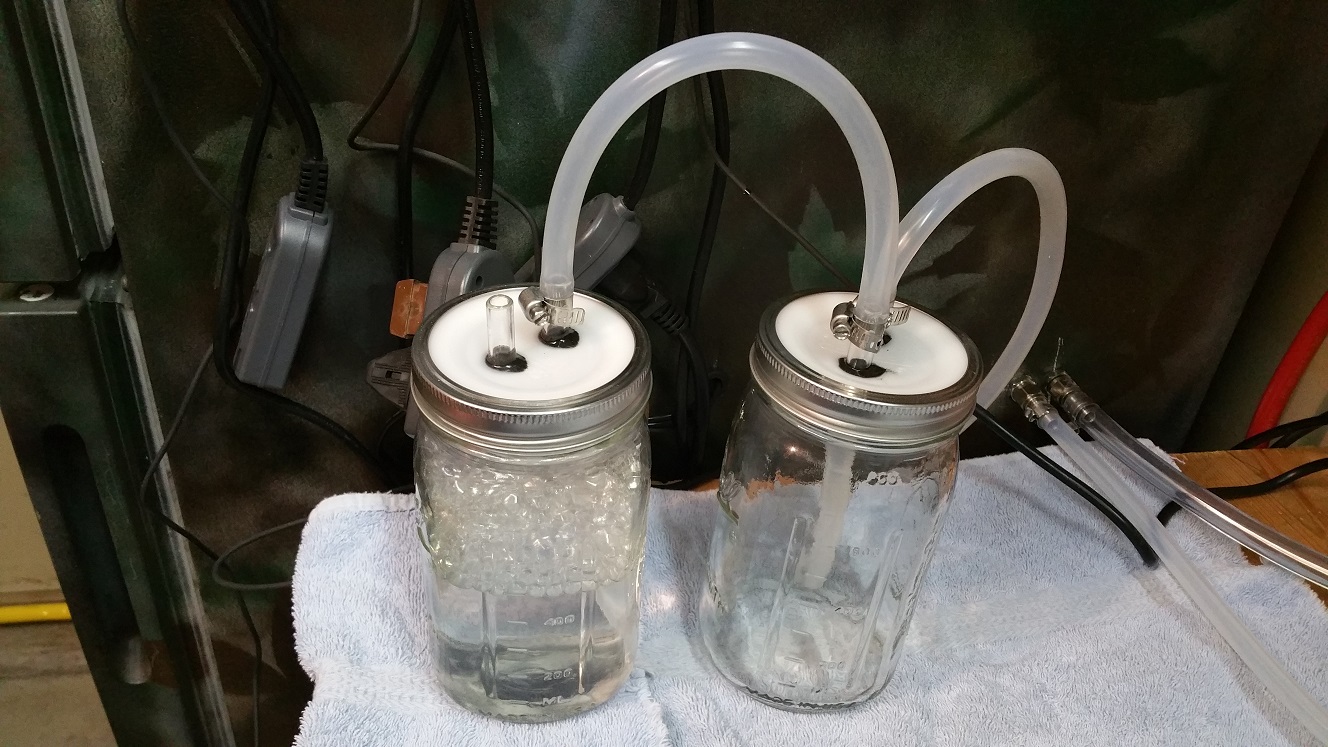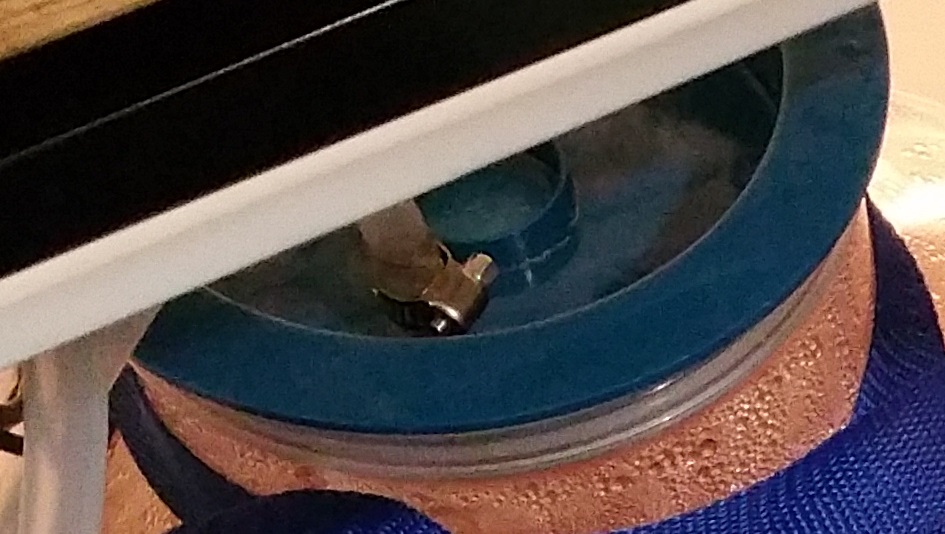Bubbles2
Well-Known Member
Greetings thanks for looking in,
My first batch started a bit slow on the yeast activity and after 24 hours I had a semi-decent froth atop the batch. However it was not enough to warrant a big tube for blow off, so I removed the tube that is atop my fermentor and switched it out to a rubber bung with a two stage bubbler deal. Sanitized all of course.
Now here is the thing.... the yeast seems to have subsided and looks to be barely 'munching along'...I thought should I aerate with a vigorous stir as I did when I did not see much activity 18 hours in the beginning...? Which either I did not wait long enough or indeed the "Good stir" did aerate and then at 24-30 hour mark began to take off as aforementioned.
69f steady temp.
IT only has been started @ 9pm the eve of the 27th, the next day at 11am I gave it the stir, it looked good by 6pm the 28th and was doing OK (not like I've seen some great heads on others brew here) just a bit of activity....Never took up the head space in my 6.5 Big Mouth Bubbler Fermentor. And now it has REALLY settled down.. total time in the fermentor would be.....(drum roll) ......84 hours....I have not measure the gravity yet as I figured I am few days way to early.
Thoughts from experience...?
My first batch started a bit slow on the yeast activity and after 24 hours I had a semi-decent froth atop the batch. However it was not enough to warrant a big tube for blow off, so I removed the tube that is atop my fermentor and switched it out to a rubber bung with a two stage bubbler deal. Sanitized all of course.
Now here is the thing.... the yeast seems to have subsided and looks to be barely 'munching along'...I thought should I aerate with a vigorous stir as I did when I did not see much activity 18 hours in the beginning...? Which either I did not wait long enough or indeed the "Good stir" did aerate and then at 24-30 hour mark began to take off as aforementioned.
69f steady temp.
IT only has been started @ 9pm the eve of the 27th, the next day at 11am I gave it the stir, it looked good by 6pm the 28th and was doing OK (not like I've seen some great heads on others brew here) just a bit of activity....Never took up the head space in my 6.5 Big Mouth Bubbler Fermentor. And now it has REALLY settled down.. total time in the fermentor would be.....(drum roll) ......84 hours....I have not measure the gravity yet as I figured I am few days way to early.
Thoughts from experience...?








































![Craft A Brew - Safale S-04 Dry Yeast - Fermentis - English Ale Dry Yeast - For English and American Ales and Hard Apple Ciders - Ingredients for Home Brewing - Beer Making Supplies - [1 Pack]](https://m.media-amazon.com/images/I/41fVGNh6JfL._SL500_.jpg)


















